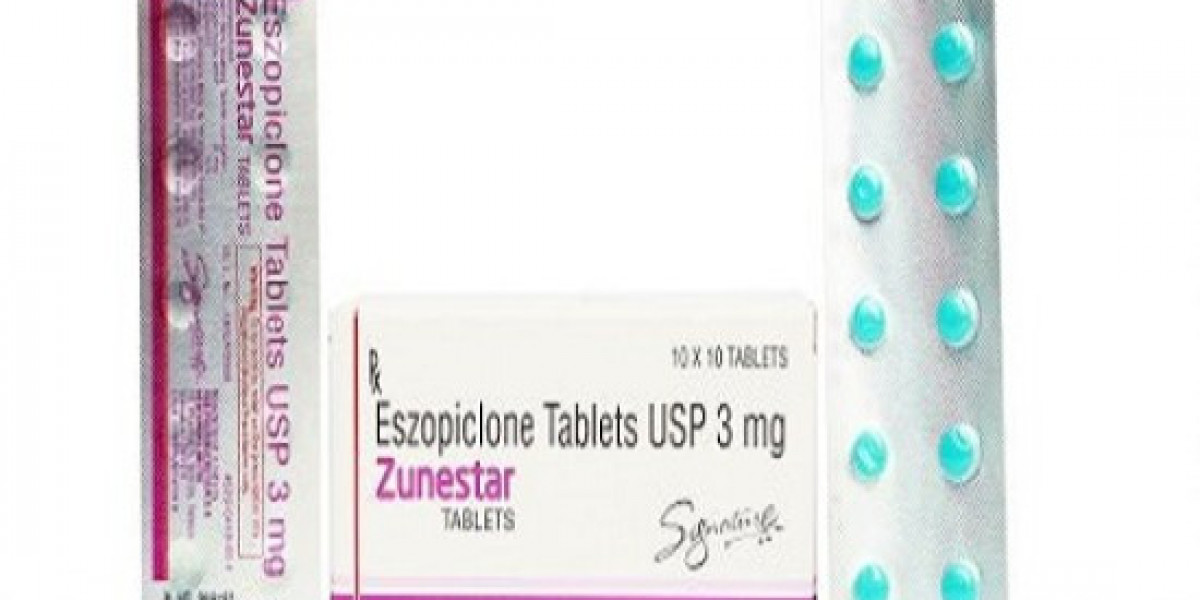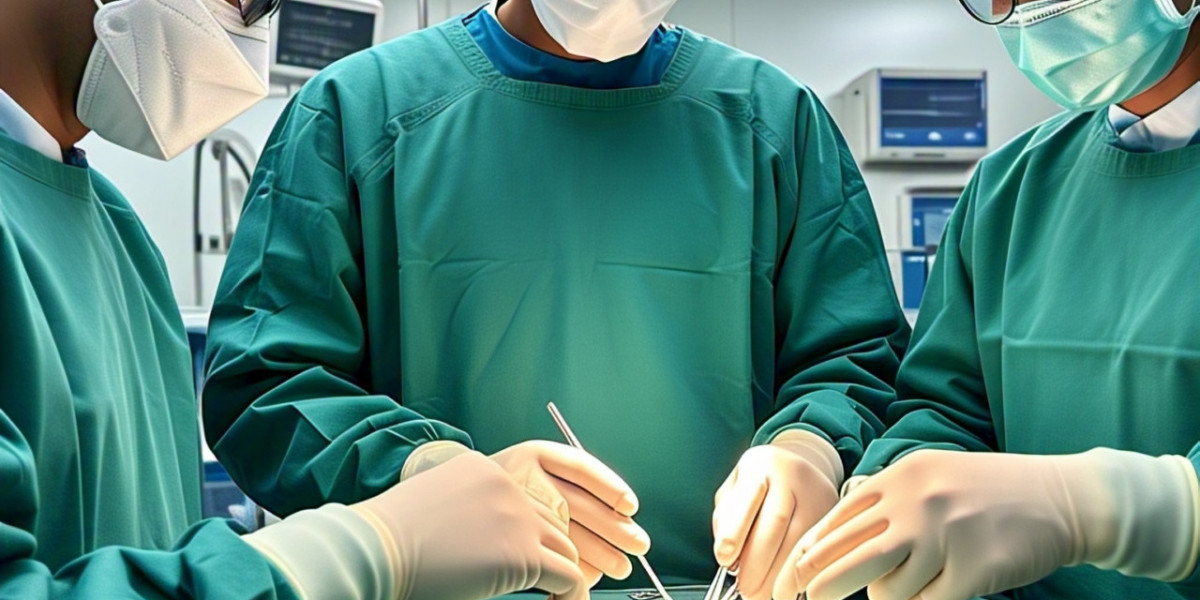The Challenge of Corneal Blindness
Corneal blindness, caused by damage or disease to the cornea (the transparent outer layer of the eye), is a leading cause of vision impairment and blindness globally. While corneal transplantation using donor human corneas is the standard treatment, it faces significant challenges, including a persistent shortage of donor tissue, the risk of graft rejection, and the inability to achieve successful outcomes in certain complex cases (e.g., severe ocular surface disease, repeated graft failures). For patients who are not candidates for traditional corneal transplants or have failed multiple attempts, keratoprosthesis (KPro) offers a vital alternative. A keratoprosthesis is an artificial cornea surgically implanted into the eye to restore vision, serving as a critical solution for severe corneal blindness. This life-changing intervention drives the demand and growth of the keratoprosthesis market.
Types and Functionality of Keratoprostheses
The keratoprosthesis market is primarily dominated by two main types of artificial corneas:
- Boston Keratoprosthesis (KPro): This is the most widely used and successful type of KPro, typically consisting of a central optic (often made of PMMA) and a porous back plate made from synthetic materials (e.g., titanium or PMMA) that is sutured to the patient's existing corneal tissue. It is designed to integrate with the surrounding ocular tissue.
- Osteo-Odonto-Keratoprosthesis (OOKP): A more complex procedure primarily reserved for severe, end-stage ocular surface diseases. It involves using the patient's own tooth root and alveolar bone as a support for the optic. While the Boston KPro, a "hard keratoprosthesis," accounts for the majority of the market due to its widespread adoption and proven efficacy, research is ongoing for "soft keratoprostheses" and other novel synthetic and biosynthetic implants. The goal of KPro development is to provide durable, stable, and optically clear replacements that minimize complications and maximize long-term visual outcomes.
Driving Forces Behind Market Growth
The keratoprosthesis market is experiencing steady growth driven by several compelling factors. The increasing global prevalence of corneal disorders, including keratoconus, ocular cicatricial pemphigoid, and infectious keratitis, contributes to a rising patient pool for whom traditional corneal transplants may not be viable. The growing demand for corneal transplants, coupled with the persistent shortage of human donor corneas, creates a strong impetus for artificial alternatives. Continuous advancements in the design and materials of keratoprostheses, leading to improved long-term outcomes and reduced complication rates, enhance their appeal. Furthermore, the increasing focus on R&D in ophthalmology and the rising geriatric population, which is more susceptible to age-related eye disorders, contribute to market expansion.
Key Trends and Future Outlook
The global artificial corneal implants market (which includes keratoprosthesis) was valued at USD 67.9 million in 2022 and is expected to reach USD 118.4 million by 2030, growing at a CAGR of 7.1%.
- Dominance of Hard KPro: The hard keratoprosthesis segment, primarily driven by the Boston KPro, dominated the market in 2022, accounting for over 87% of revenue share.
- Synthetic Materials: The synthetic segment also holds a dominant share due to the higher presence and adoption of synthetic implants, with a strong pipeline of synthetic corneas like CorNeat KPro.
- Focus on ASCs: Ambulatory Surgical Centers (ASCs) are anticipated to register maximum growth as they become increasingly popular for ophthalmic procedures due to their cost-effectiveness and convenience.
- Regional Growth: Asia Pacific is expected to experience the highest CAGR due to a large patient pool in countries like India and China, increasing awareness, and the presence of local manufacturers.
Challenges and Opportunities
Despite its life-changing potential, the keratoprosthesis market faces challenges. The high cost of the surgical procedure and the device itself can limit patient access, especially in developing regions. While outcomes have improved, potential complications like glaucoma, infection, and retroprosthetic membrane formation remain significant concerns. Limited patient awareness in some areas also presents a hurdle. However, opportunities abound through continued research and development into new materials, designs, and surgical techniques to improve long-term retention and reduce complications. The development of more affordable and accessible KPros, coupled with expanding patient awareness, will be crucial for sustained market growth and for providing vision to those with severe corneal blindness who have exhausted other options.
Explore our latest reports
? Stay ahead in the healthcare industry. Browse our latest insights now!
About Market Research Future (MRFR)
Market Research Future (MRFR) is a global market research firm that provides comprehensive insights into market trends, drivers, challenges, and opportunities. We offer a broad range of market intelligence reports and consulting services to help businesses and enterprises in various industries make informed decisions
Media Contact:
Market Research Future (MRFR)
Phone: +1-646-845-9312
Email: contact@marketresearchfuture.com
Website: marketresearchfuture







